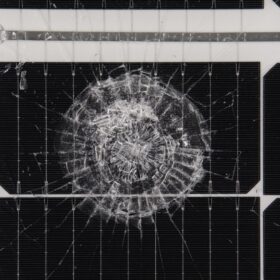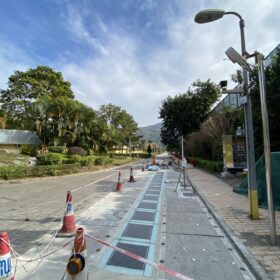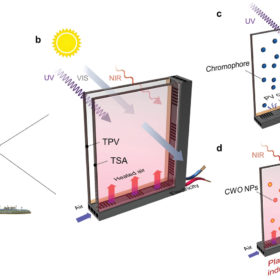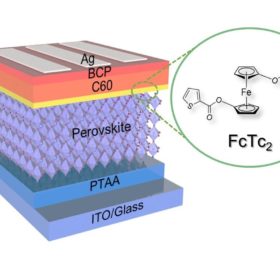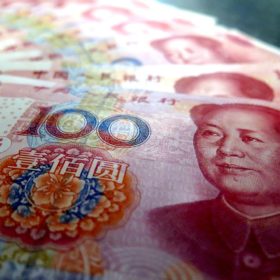Hail-prone areas may require solar modules with 4 mm-thick front glass
New research from India claims solar modules with 3.2 mm-thick front glass may not be strong enough to withstand storms producing big hailstones. The scientists found that a front glass of at least 4 mm should be used to avoid significant damage.
Pre-fabricated photovoltaic pavement for urban environments
China-based researchers have developed a model for photovoltaic pavement, achieving a potential electrical output of 0.68 kWh/m2 and an efficiency of 14.71%. Through simulations across 255 Chinese cities, they have determined that electricity potential ranges from 0.70 kWh/W to 1.83 kWh/W.
Inverted perovskite solar cell achieves 24.8% efficiency via new additive
The additive consists of a molecule known as 4-guanidinobenzoic acid hydrochloride (GBAC), which is a raw material and intermediate commonly utilized in organic synthesis, pharmaceuticals, agrochemicals and dyestuff fields. The solar cell has a p–i–n structure and, thanks to the new additive, showed considerably reduced defect density on the perovskite film, which in turn results in reduced non-radiative recombinations.
Agrivoltaics for grape farms
Researchers in Hong Kong have designed an agrivoltaic system that uses blockchain tech and smart contracts to reduce uncertainties between PV system operators and grape farmers. The proposed system uses rainwater to clean solar panels and provide irrigation.
Floating PV system mysteriously washes up on Hong Kong beach
A local environmental organization has published pictures of the stranded array which appeared last week on two beaches. Hong Kong’s Agriculture, Fisheries and Conservation Department is currently investigating where the installation came from.
Solar window generates electricity, thermal energy
A research team in Hong Kong has built a solar window that can generate power on the external side via a luminescent solar concentrator and thermal energy on the internal side via transparent solar absorbers.
Inverted perovskite solar cell with 25% efficiency
The cell is based on ferrocene and is claimed to retain more than 98% of its initial efficiency after continuously operating at the maximum power point for 1,500 hours under standard illumination conditions.
Polysilicon maker predicts 5-year shortage of solar raw material
TBEA-owned Xinte Energy says it cannot produce polysilicon quickly enough to meet demand and wants shareholders to back its bid to quadruple its manufacturing capacity by mid 2024.
Shunfeng set to sell off another 130MW of solar farms
The developer is aiming to resume trading in its stock tomorrow ahead of a shareholder vote this month which could remove more than half of the $220 million it owes creditors in overdue payments.
Chinese solar developer suspends trading in stock
Heavily-indebted Shunfeng International could be set for another big sell off of solar assets as it tries to pay down a near-$300 million overdue debt pile.
